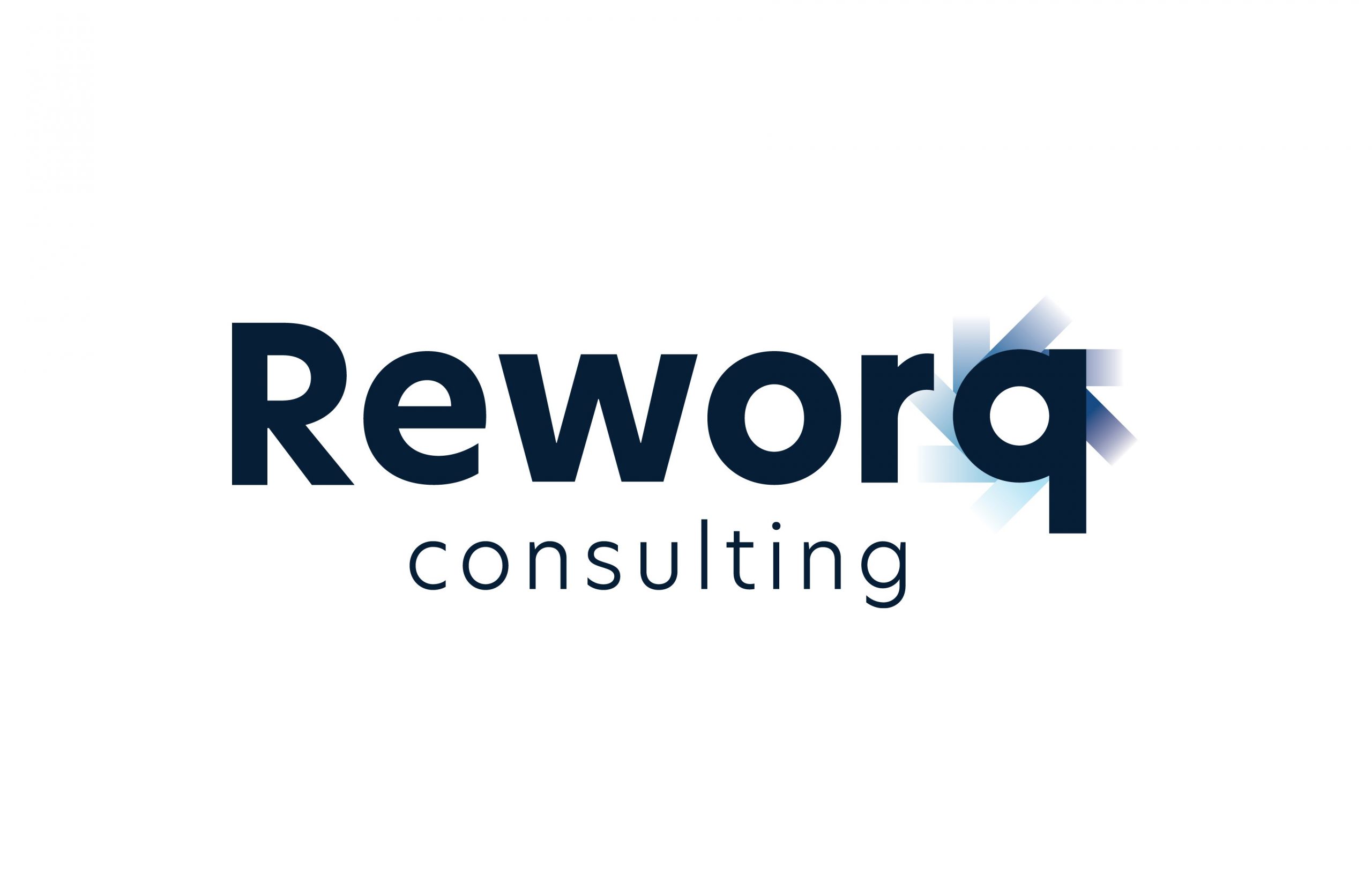Organisational culture is fluid and changes frequently since improvements are a long-term investment by your Executive Management Team. Culture strategy equips Leaders with a clear set of priorities to transform their team culture and drive people-centred outcomes. A crucial change initiative because it offers a roadmap to improving culture overall – and as group habits and practices evolve for consciously creating a great employee experience.
Culture starts with intent and consists of group patterns that guide behaviour expectations, which are derived from its key values and practices. Leaders can work to instil these items in their teams, but culture can also emerge organically, and unwanted elements can emerge. It affects the employee experience and organisational success in profound ways because it also influences whether you can attract new talent to help drive change.
Just because culture is broader and vaguer than strategy does not mean it cannot be approached clinically. Organisations tend to focus more heavily on strategy than culture. Strategy is easier to define and understand since it has clearly defined goals and plans, so usually far easier to change than culture. But without intentionally shaping your culture, through development of your culture strategy, you can actively shape your new culture and the direction for positive change.
What’s your culture strategy and planning focus?
Mastering the connection between strategy and culture.
Creating a Culture Strategy Plan is not a common discipline within organisations. If you want your change to stick and to help deliver on your business strategy, then it will take long-term, intentional focus and effort. Culture planning lays the groundwork for developing a work environment that allows existing teams and new talent to do their best work.
Culture planning is the process of determining and documenting the work that needs to be done. It helps move the enterprise organisation closer to its ideal culture and outlining an Action Plan for achieving the desired result. For teams looking to recruit and retain top talent, creating a Culture Strategy Plan is a strategic move that deserves priority focus.
Building your culture strategy is a critical element with managing change. There are seven (7) elements that need to be considered:
1. The Mission Statement and team voice
Culture starts with the Executive Management team and the mission that your team unites around. Without these process outlines, teams can quickly devolve into individualistic power struggles.
Developing your mission and a team voice is done together (as a team). This is your top priority with creating a Mission Statement that aligns team goals and objectives whilst boosting employee morale.
2. Team member well-being and “state of mind”
Culture begins to break down when team members are unhappy. There are many examples of the cause for unhappiness, such as:
- Disorganised or ineffectual leadership
- Poor work-life balance due to resourcing issues
- Lack of flexibility and decision-making at work
- Lack of autonomy and direction
- No recognition with solution solving or initiative-taking actions
To develop a better culture, you must make it part of your Strategic Plan to research what makes your team members unhappy. This is about working toward positive changes, actions, and initiatives that lead to better well-being.
3. Growth, progression, and development
There is nothing more demoralising than when employees reside in a dead-end role. It is one with truly little hope of any growth, development, or progression. With no new training or improvement of skillsets, there is no advancement in moving up the corporate ladder.
Part of improving organisational culture means ensuring that there are opportunities for growth, availability for diversification and succession planning. This includes providing new learning opportunities, creating project initiatives to build new skills, and recommending team members who are sufficiently qualified when promotions become available.
4. Recruitment and onboarding process
Recruitment and onboarding your new employees must be part of your cultural strategy. There are five (5) main objectives:
- Select and recruit new team members who are good cultural fits for your organisation.
- Provide social opportunities during the onboarding process.
- Introduce new hires to their fellow team members and give everyone a chance to get to know each other.
- Use a “buddy” system to help integrate the new employee into the ways of working, within and across the organisation.
- This is an especially important focus for your remote teams, since there are fewer opportunities to interact and socialise during day-to-day office activities (e.g., virtual, or online meetings).
5. Internal communication and cross-functional collaboration
Teams that are recognised for great culture are those teams who readily communicate and work well together to accomplish shared organisational goals. This teamwork helps promote internal collaboration across cross-functional Business Units and communication is necessary for your culture strategy process.
It is critically important to foster an environment where communication is valued and to use the right IT applications, tools, and framework for communication and collaboration. Choosing tools that enable your teams to make sharing and communication methods easier.
6. Recognition with a Reward Program
The most important driver of work effort for employees is recognition. It is the most effective way to inspire and motivate their best work.
That means your organisational culture needs some type of Reward Program and additional opportunities for recognition. Funds ($) are not endless for initiating a Reward Program, so consideration must be highlighted for milestones and major achievements. However, be sure to offer recognition and appreciation often for the smaller daily accomplishments or recommendations from employee’s peers, too.
7. Adapting and alignment to change
Change is inevitable. The problem with toxic workplace cultures is that those identified team members do not oversee change well. When they begin complaining this drags down employee morale. At worst instances, chaos starts to form as people refuse to adapt to whatever changes are occurring.
This is why part of your culture strategy must be aligned to keeping the environment “upbeat” and even when change does happen. With evolving circumstances, it is all about sustainability with adopting innovative technologies or changes in work environments. By planning and building your team’s culture with these eventualities in mind, then change transitions will be much easier.
How to succeed with your team culture strategy?

Be strategic about team culture to keep your team aligned.
Building a purpose-driven organisational culture starts with reflection. Knowing where to start and how to design your culture strategy is a perplexing challenge. How do you accomplish it successfully and drive positive culture change?
An enterprise business should align its organisational culture with its shared values, purpose, and mission. These three (3) elements create a powerful framework for nurturing a culture that supports both the business and its employees. This responsibility rests with your Executive Management Team who must recommit to or shift purpose and values in such a way that better aligns with employee expectations and the organisation’s existence (or relevance).
Align leadership first and then your Communication Plan
Culture is a “top-down” approach and so that starts with your leadership. To deliver meaningful change within an organisation’s culture, the first step is navigating your Leaders support. You need to get them on-board and aligned with your culture strategy (including direction) before you commence with any work elsewhere and within the organisation.
To build a resilient organisational culture and the supporting framework, Leaders need to be accessible, authentic, open, and transparent but also possess effective communication and listening skills. Employees want accessible and authentic leadership that asks for their feedback when making business decisions. This back-and-forth dialogue between Leaders and employees is crucial to defining workplace culture because it contributes to enhanced working relationships and centres a foundation of trust with intent.
Effectively leveraging two-way communication channels creates a feedback loop between employees and leadership, which encourages connection and engagement. This enhances the employee experience when they are asked to contribute, and they are more likely to participate when they experience that leadership listens. As employees feel trusted and more engaged, they become more invested and inspired to contribute with improving organisational culture.
Consult with team members, listen, and incorporate their input
This is part of the execution phase of your culture strategy – the recognition of team members. One way to offer that recognition is to accept input from your team members and use the feedback, as this comes from involving employees in culture planning. Additionally, this helps Leaders visualise changes that are needed from an employee perspective and since it uncovers gaps between promises made and the everyday work experience.
Higher employee engagement is delivered when team members contribute to parts of the brainstorming and decision-making process, which helps with building a more robust culture. Why? Because while your leadership is responsible for setting the right culture tone, it is your teams who are immersed in “day in” and “day out” culture process. They will have their own assessments, insights, and actions that may not be as obvious to those at the Executive Management level.
Execute in phased stages
Culture initiatives are significant and complex. The most important item to remember when executing your strategy is to tailor your approach. It is better to integrate slowly and gently, so do not force a major change initiative all at once. If your organisation culture is already struggling, your teams may not accept a vast wave of change and with disastrous results.
So, break down your culture strategy into manageable stages and execute each singular phase. Be transparent with the Project Plan, set aside biases, and start with the most important initiatives first. Create a Process Compliance Framework to define process ownership, establishing clear roles and responsibilities, and enforcing compliance to ensure consistent, high-quality outcomes.
An organisation’s culture evolves continually as employees, leadership, and the marketplace change. When one (1) change initiative is completed, culture work does not just stop there. Organisational culture is built and nurtured over time, with purpose, mission, and values always at the centre of the strategy process.
Measure Key Performance Indicators (KPIs) results
Keep building your culture strategy approach and track metrics, such as Key Performance Indicators (KPIs). Measuring a cultural shift cannot be judged entirely on team members feelings. Building a high-performance culture means you will need to track your performance metrics and ensure you are getting the desired results.
Ongoing KPIs measurement and benchmarking are essential for nurturing organisational culture. By continuing to use various assessment methods and track the progress of your organisation’s culture, this enables your Change Management Team to identify opportunities for improvement. Enterprise businesses that make them a priority will reap the rewards and sustainable practices that directly benefits the organisation’s future.
Summary
The future of culture strategy involves adapting to changing work environments and embracing diversity and inclusion. These critical elements will increase their chances of success by encouraging innovative ideas, which leads to better decision-making and problem-solving. A healthy work culture not only enables your people to thrive at work, but it also has a direct and measurable impact on business outcomes — from employee engagement and talent retention to revenue generation and innovation capability.
A culture that values diverse employee perspectives (and experiences) can drive creativity and organisational success. Fostering a positive and innovative workplace is essential for Leaders to incorporate diversity and inclusion into their culture strategy. By implementing policies and practices that promote equal opportunities for all employees, which supports flexible work arrangements and ensures that the culture strategy remains relevant and effective.
As remote and hybrid work models become more prevalent, culture strategies also need to evolve and to address changes to traditional work practices. Organisations must find the “right balance” with sustaining the sense of community and shared purpose (despite physical distances) and the collaboration of face-to-face interactions as a team. This approach leverages the best facets of the culture design process, behavioural psychology, and organisational development to generate strategic thinking required to effectively transform an organisation’s culture.
Need some guidance on your next steps? Let’s start a conversation…



